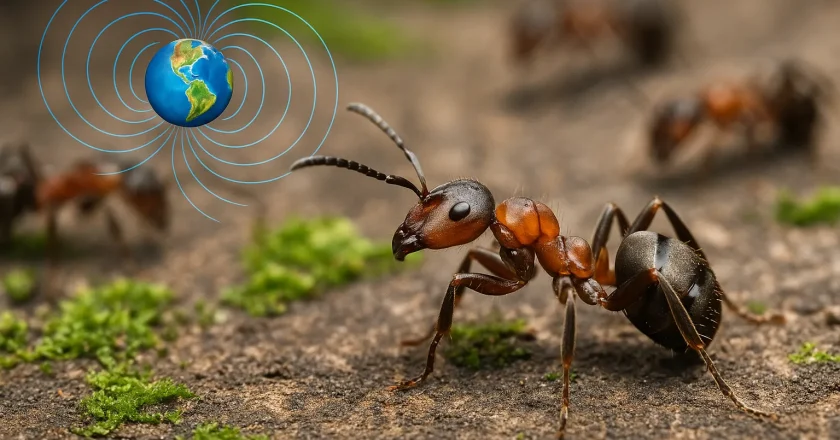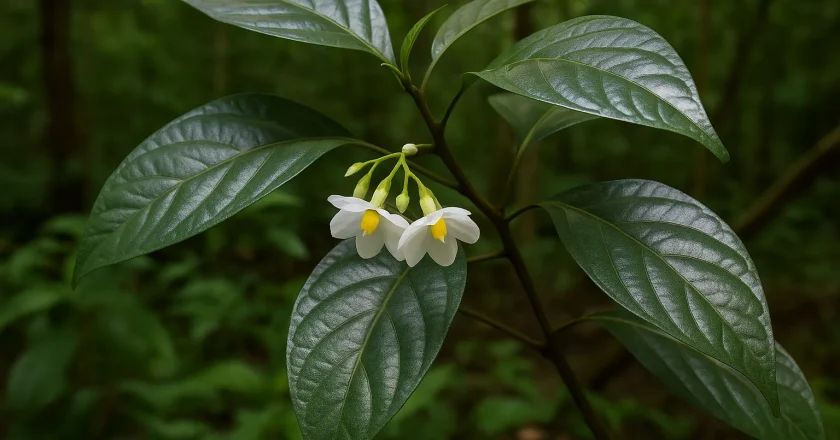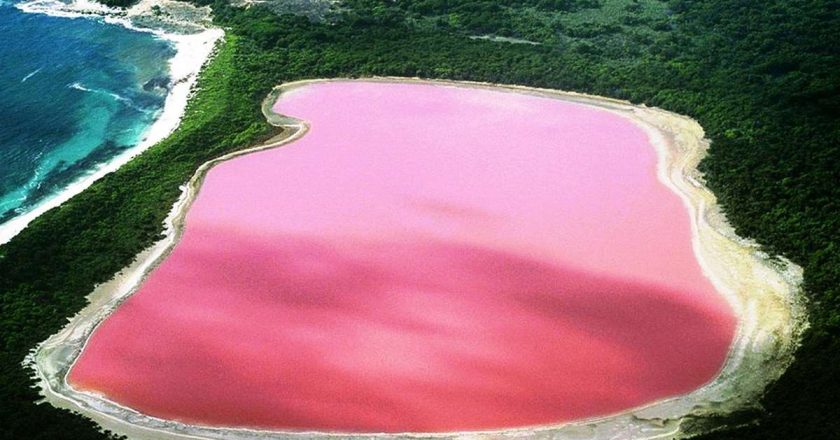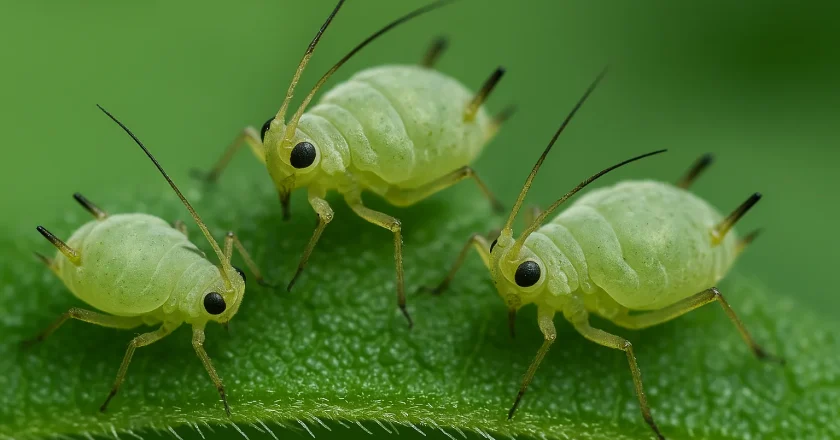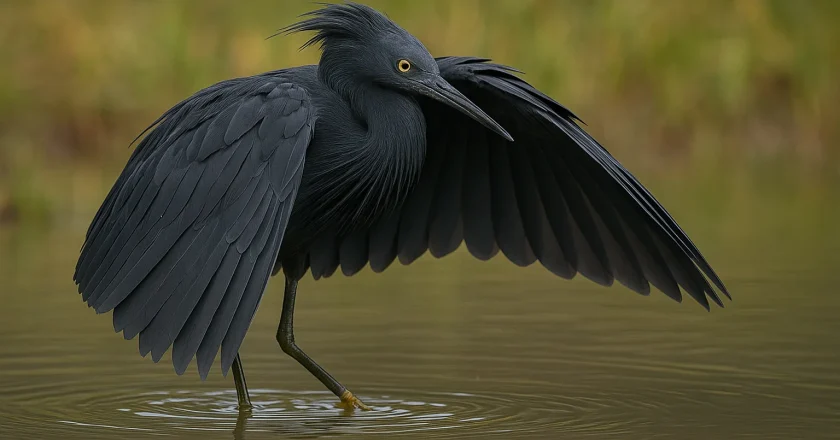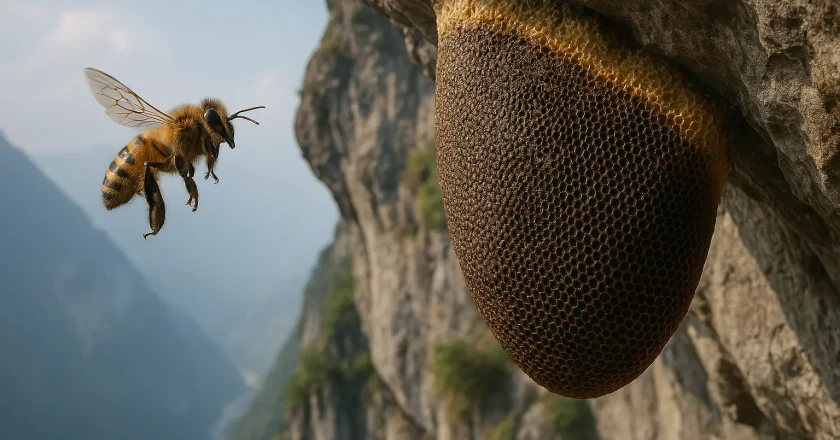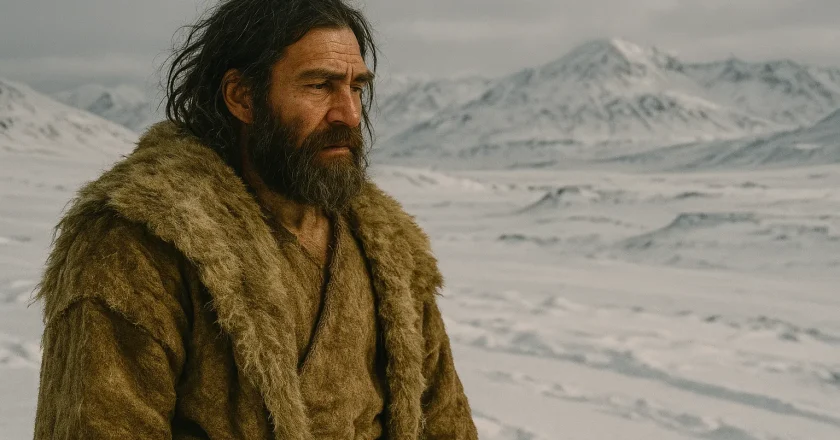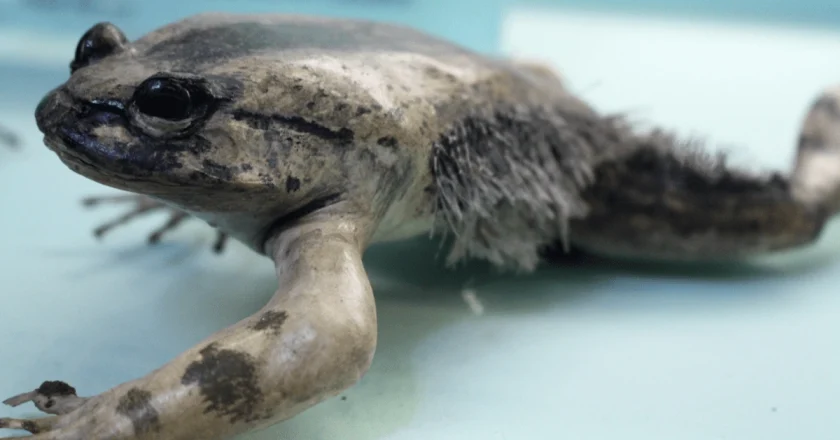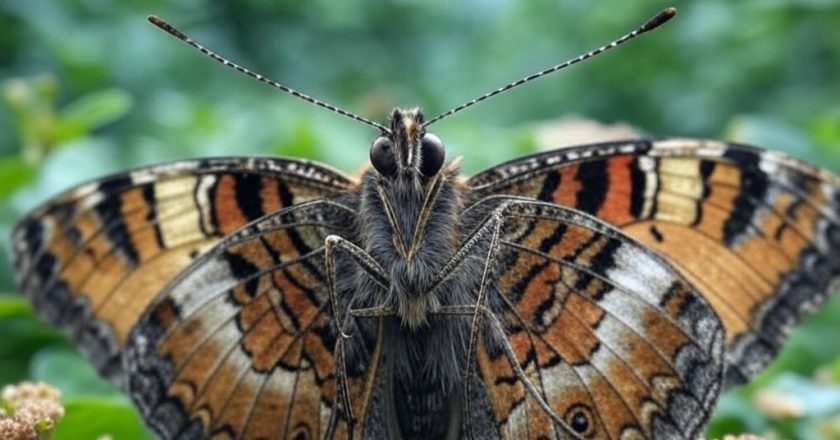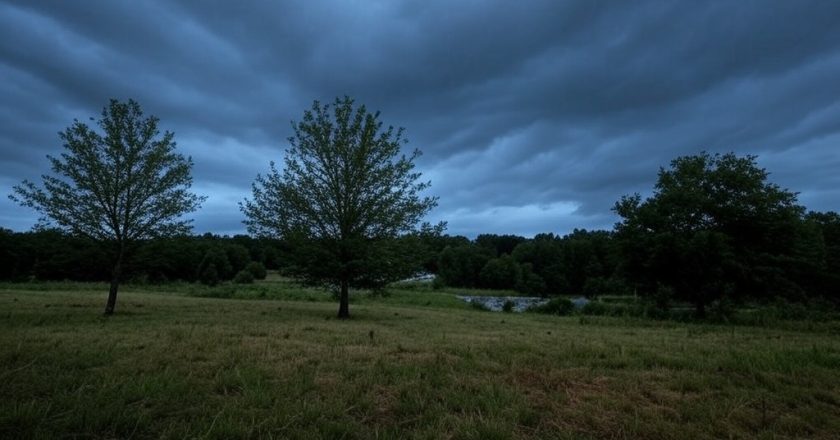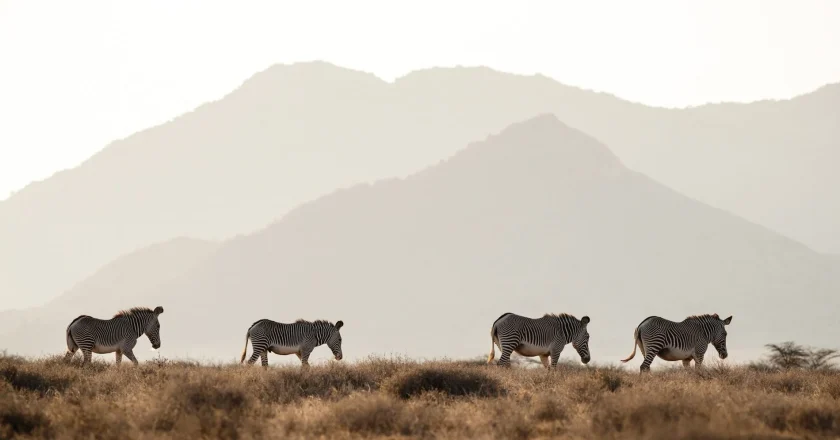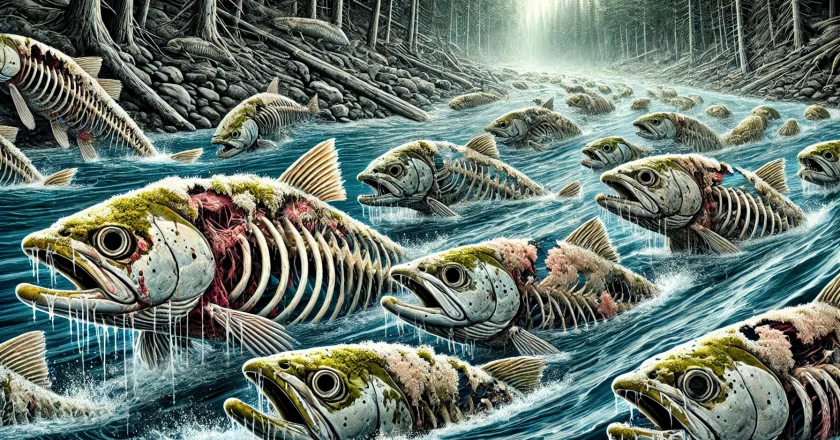Magnetic Minds: How Ants Navigate Using Earth’s Geomagnetic Field
Ants have long amazed scientists and casual observers alike with their incredible navigational abilities. Despite their tiny size and seemingly simple brains, these insects perform remarkable feats of navigation—crossing vast distances, returning reliably to their nests, and efficiently coordinating complex colonies. A groundbreaking study has now unveiled a previously hidden secret behind these navigational wonders: ants possess an internal compass, finely attuned to Earth's geomagnetic field.
This remarkable discovery opens up entirely new possibilities in understanding insect behavior and could even pave the way for revolutionary technological advancements in navigation.
Uncovering Ants' Magnetic Sense
In recent experiments, researchers observed ants adjusting their movements based...

